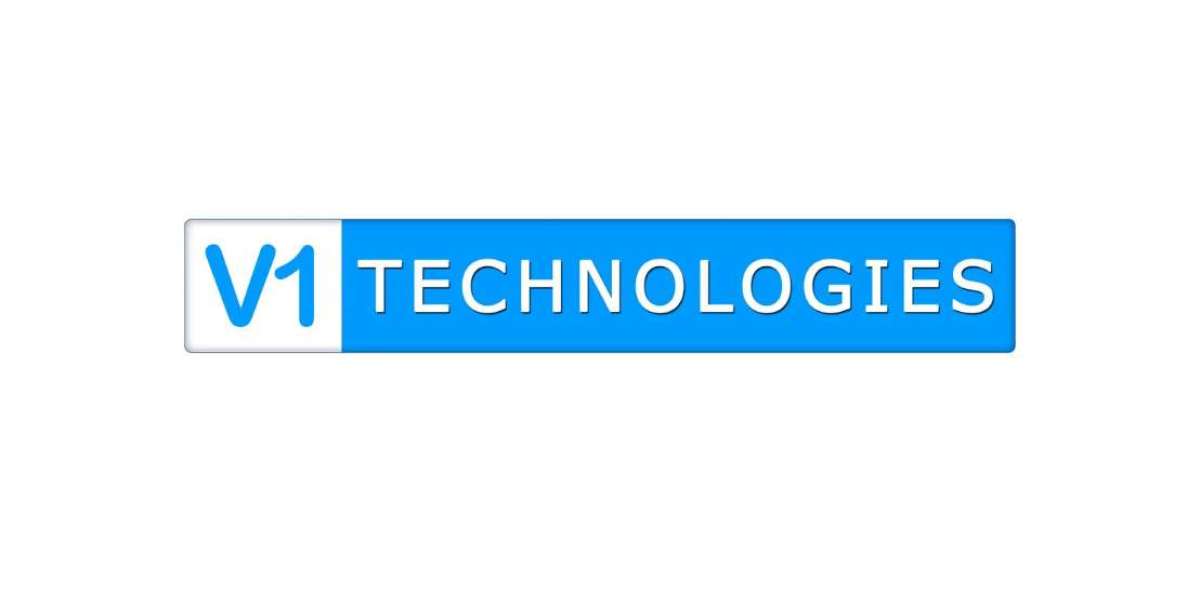The Evolution of E-Learning: How Digital Platforms are Changing Education
In the modern era, the intersection of technology and education has given rise to a revolution in learning methods, with e-learning platforms at the forefront. These digital platforms have profoundly reshaped the educational landscape, providing opportunities for millions of students, educators, and professionals around the globe. As we trace the evolution of e-learning, we see how these advancements have democratized knowledge, broken geographic barriers, and enabled flexible, personalized learning experiences. In this article, we explore how digital platforms are transforming education and the integral role app design and app developers play in shaping the future of learning.
The Early Days: From Distance Learning to Digital Classrooms
The concept of distance learning has been around for centuries, with the earliest examples dating back to the 19th century when correspondence courses allowed students to learn remotely. However, the digital shift began with the advent of the internet, transforming traditional distance learning into e-learning. In the 1990s, the rise of the World Wide Web facilitated the creation of online courses, and universities began experimenting with digital content delivery.
During these early stages, the technology was rudimentary. The focus was on text-based courses and basic multimedia, such as recorded lectures or downloadable resources. However, the lack of interactivity and personalized learning experiences limited the potential of these early e-learning models.
The Rise of Learning Management Systems (LMS)
As the internet matured, so did e-learning platforms. In the early 2000s, the emergence of Learning Management Systems (LMS) like Blackboard and Moodle began to take center stage. LMS platforms allowed educators to structure their courses in a more organized way, offering features such as quizzes, forums, and assignments.
These systems provided a centralized hub for both students and educators to interact, manage course materials, and track progress. However, while LMS platforms brought more structure to e-learning, they were often clunky and not user-friendly. This is where the importance of app design and the work of skilled app developers became increasingly critical. As technology evolved, so too did the demand for seamless, intuitive learning experiences.
The Role of App Design in Modern E-Learning Platforms
Today, e-learning platforms are no longer limited to desktop websites. With the widespread adoption of smartphones and tablets, the demand for mobile learning has surged. Learners expect platforms that are responsive, engaging, and easy to navigate. This has placed app design at the forefront of e-learning development.
Good app design ensures that learners can access content easily, interact with the material intuitively, and remain engaged. The design should cater to various learning styles, incorporating multimedia elements like videos, infographics, and quizzes to enhance comprehension. Mobile-friendly e-learning apps, such as Coursera, Udemy, and Khan Academy, have set a high bar, offering slick user interfaces that make learning on-the-go accessible.
App developers play an essential role in translating these designs into functional platforms. They are responsible for ensuring that e-learning apps run smoothly across devices and operating systems, providing a seamless user experience. Without talented app developers, even the best-designed e-learning platform could fail due to performance issues, bugs, or poor optimization.
Personalized Learning: A Key Innovation in E-Learning
One of the most significant advancements in e-learning is personalized learning. Traditional classroom environments typically follow a one-size-fits-all approach, but digital platforms have the ability to cater to individual learning needs. Adaptive learning algorithms, AI-powered tutoring systems, and personalized content recommendations are just some of the ways that e-learning platforms are reshaping the learning experience.
Platforms such as Duolingo and Khan Academy utilize AI to monitor a learner’s progress, adapting the difficulty of content based on performance. These platforms personalize the pace and method of instruction, ensuring learners grasp concepts before moving on to more challenging material.
Behind this innovation is the intricate work of app developers, who collaborate with educational experts to create adaptive learning environments. They work on sophisticated backend systems, ensuring that the app’s learning algorithms are effective and responsive. Moreover, the app design must prioritize a clean, intuitive interface so learners can easily navigate through personalized content without feeling overwhelmed.
The Shift to Microlearning
With the fast-paced nature of modern life, many learners seek quick, bite-sized lessons they can fit into their busy schedules. This trend has led to the rise of microlearning, a teaching strategy that delivers information in small, manageable chunks. Platforms like LinkedIn Learning and Skillshare offer short video tutorials that allow users to learn new skills in just a few minutes each day.
Microlearning depends heavily on streamlined app design. Lessons must be presented in a way that is easy to digest, with clear goals and concise instruction. Moreover, the platform’s functionality must enable learners to track progress over time, even if they’re only engaging for short periods. Again, app developers are pivotal in implementing these features, ensuring the platform's speed and reliability are optimized for this style of learning.
Gamification: Making Learning Fun and Interactive
To increase engagement, many e-learning platforms have embraced gamification—incorporating game-like elements into learning environments. Badges, leaderboards, point systems, and progress tracking all help to motivate learners to stay engaged and complete courses.
Duolingo is a prime example of a platform that successfully integrates gamification. Users earn rewards as they complete lessons, and they are motivated to maintain streaks of daily learning. This type of gamified experience wouldn’t be possible without thoughtful app design that focuses on motivating users through visual and interactive elements. At the same time, app developers are critical to ensuring these features are implemented without compromising the app's performance or user experience.
The Role of App Developers in Securing E-Learning Platforms
As e-learning platforms store a wealth of personal data, including educational progress, user preferences, and payment information, security has become a paramount concern. Skilled app developers are responsible for building robust security features into the platform’s infrastructure, ensuring that sensitive information is protected from breaches or hacks.
Beyond user data, app developers also ensure that the platform complies with global regulations such as GDPR, which governs how data is collected and used. An educational platform's reputation can be significantly harmed by security breaches, so the work of app developers in this area is vital for maintaining trust and integrity.
The Future of E-Learning: Virtual Reality (VR) and Augmented Reality (AR)
Looking ahead, the next phase in e-learning evolution is likely to be driven by immersive technologies such as Virtual Reality (VR) and Augmented Reality (AR). These technologies offer the potential to create highly engaging, interactive learning environments where students can practice real-world skills in a virtual setting. For example, medical students can perform virtual surgeries, and architects can explore 3D models of buildings before they are constructed.
For these applications to work effectively, both app design and the work of app developers will play crucial roles. The app design must be intuitive enough to guide users through complex VR environments, while the app developers must ensure that these apps are highly responsive, minimizing latency and providing a smooth experience across devices.
Conclusion
The evolution of e-learning is a testament to the transformative power of technology in education. From basic correspondence courses to highly sophisticated, AI-driven platforms, the journey of digital learning is far from over. As we continue to push the boundaries of what’s possible, app design and app developers will remain central to creating innovative, engaging, and secure learning experiences. Through the combined efforts of educators, technologists, and developers, the future of education will become even more accessible, personalized, and dynamic.
In a world where knowledge is increasingly digital, e-learning platforms are not just changing how we learn—they’re shaping the very future of education itself.








